19 Ways To Heal Meibomian Gland Dysfunction Through Nutrition and Lifestyle
What is Meibomian Gland Dysfunction? What Are Meibomian Glands?
Meibomian gland dysfunction (MGD) is a common eye condition that affects the glands in the eyelids. These glands produce an oily substance called meibum which makes up the outer layer of the tear film. This oily layer helps prevent the tears from evaporating too quickly.
In MGD, the meibomian glands become clogged and inflamed. This prevents them from secreting the meibum (or oil) properly. As a result, the tear film becomes unstable and evaporates faster, leading to dry eye symptoms. MGD is one of the leading causes of dry eye disease.
Symptoms of MGD include:
- Irritated, gritty feeling in the eyes
- Burning or stinging eyes
- Excessive tearing or watery eyes
- Intermittent blurred vision
- Redness or swelling of the eyelids
- Recurrent chalazia (eyelid cysts)
At Home Care For Your Meibomian Glands
Practicing good eyelid hygiene is critical for managing meibomian gland dysfunction. Several simple practices can help remove debris from the eyelid margins, reduce inflammation and improve meibum flow.
1. Warm Compresses
Applying a warm, moist compress to the eyes helps soften and loosen blocked meibum inside the glands. The warmth also stimulates meibum secretion. Compresses should be applied for 5-10 minutes twice daily. Microwavable eye masks or cloths work well.
2. Eyelid Wipes
Gently cleansing the eyelids and lashes with disposable eyelid wipes removes dirt, makeup and accumulated oil. This helps prevent blockage and inflammation. Look for wipes with tea tree oil or hypochlorous acid. Use 1-2 times daily.
3. Hypochlorous Acid Cleanser
Hypochlorous acid (HOCl) solutions are gentle cleansers that reduce lid bacteria and inflammation. HOCl mimics the antimicrobials produced by the body. Apply using cotton pads or as a spray. Can be used along with eyelid wipes.
Practicing proper eyelid hygiene loosens blocked meibum, reduces inflammation, and discourages bacterial overgrowth. This helps restore gland function and meibum flow for a healthy tear film.
Foods That Heal
While warm compresses, eyelid hygiene, and prescription medications can help manage MGD, nutrition also plays an important role. The foods you eat impact the health of your meibomian glands and can either worsen symptoms or aid in healing. Here are some of the best foods to eat and avoid for meibomian gland dysfunction:
- Leafy Greens
Leafy green vegetables like spinach, kale, chard, lettuce and collard greens are packed with antioxidants like lutein and zeaxanthin. These nutrients support eye health by absorbing damaging blue light and acting as antioxidants to reduce inflammation.
Leafy greens also contain vitamin A, a nutrient essential for proper functioning of the meibomian glands. Vitamin A deficiency has been linked with MGD.
Aim for 1-2 cups of leafy greens per day. Add them to smoothies, salads, soups or side dishes.
- Avocado
Avocados are an excellent source of monounsaturated fats that help reduce inflammation. They also contain carotenoids like lutein and zeaxanthin that promote eye health.
The healthy fats in avocado aid in the production of quality meibum. One study found that avocado oil supplementation improved tear film stability and reduced dry eye symptoms.
Aim for 1⁄4 to 1⁄2 an avocado per day. Add it to smoothies or salads, use it as a spread, or eat it plain with a sprinkle of sea salt.
- Omega-3 Fatty Acids
Omega-3s are essential fats that play a key role in eye health. They help reduce inflammation and promote a healthy lipid layer in the tear film.
Good sources include fatty fish, walnuts, chia seeds and flaxseeds. Taking an omega-3 supplement with EPA and DHA may also be beneficial.
Aim for at least 500mg EPA+DHA per day. If using flaxseed, aim for 2 tablespoons ground per day.
- Broccoli
Broccoli is a nutrition powerhouse, packed with antioxidants like vitamin C, lutein and zeaxanthin. It also contains sulforaphane, a phytochemical that exhibits anti-inflammatory effects.
The antioxidants in broccoli fight free radical damage while the anti-inflammatory sulforaphane helps reduce ocular surface inflammation caused by MGD.
Aim for 1-2 cups of broccoli per day. Enjoy it roasted, steamed or raw with hummus. Add it to stir-fries, soups and salads.
- Turmeric
Turmeric contains the active compound curcumin which is a potent anti-inflammatory and antioxidant. It inhibits inflammatory enzymes like COX-2 that drive inflammation.
While no studies have directly linked turmeric to improved MGD, its anti-inflammatory effects suggest it may be helpful. Reducing systemic inflammation can promote ocular health.
Aim for 1⁄4-1⁄2 teaspoon daily. Add it to curries, soups, smoothies or golden milk lattes. Mix it with black pepper to increase absorption.
- Olive Oil
Olive oil is rich in oleic acid, a monounsaturated fat that exhibits anti-inflammatory effects. It also contains antioxidant polyphenols that protect against oxidative damage.
Using olive oil as your main cooking oil and salad dressing base can help fight inflammation caused by MGD.
Aim for 2 tablespoons daily. Drizzle on salads and cooked veggies or use for sautéing. Avoid cooking at high heat which can damage the oil.
- Berries
Berries like blueberries, strawberries and blackberries are bursting with antioxidants like anthocyanins. These flavonoids fight inflammation and protect ocular tissues from oxidative damage.
Berries also contain vitamin C which combats free radicals and supports immune function.
Aim for 1⁄2 cup daily. Add them to smoothies, yogurt, oatmeal or salads.
- Sweet Potatoes
Orange-fleshed sweet potatoes are an excellent source of beta-carotene, a precursor to vitamin A. Just one medium baked sweet potato provides over 550% of your daily vitamin A needs.
Vitamin A supports the health and function of the meibomian glands. It’s essential for the proper production of meibum.
Aim for 1 small sweet potato 2-3 times per week. Bake, roast or add to stews and soups. Avoid candied yams.
Foods to Avoid
- Processed Foods
Packaged snacks, frozen meals, candies and baked goods are all very processed. They tend to be high in unhealthy fats, sodium and chemical additives.
These inflammatory foods put stress on the meibomian glands and worsen dry, irritated eyes. They also contribute to systemic inflammation.
Cut out processed foods as much as possible. Shop the perimeter of the grocery store and cook from scratch using whole food ingredients.
- Refined Carbs
Refined grains like white bread, pasta, cereal, crackers and baked goods negatively impact meibomian gland function. They spike blood sugar and promote inflammation.
A major study on women’s health found that a high-glycemic diet increased risk of dry eye syndrome by 78%.
Limit refined grains and simple sugars. Choose whole grain options like steel-cut oats, quinoa, brown rice and 100% whole grain bread.
- Excess Alcohol
While moderate intake may be healthy, excess alcohol intake causes inflammation and meibomian gland changes.
One study found that heavy drinkers had reduced lipid layer thickness and increased evaporation rate. This suggests impaired meibum quality and secretion.
If you drink, aim for 1 drink or less per day for women and 2 or less for men. Avoid binge drinking which causes acute inflammation.
- Conventional Dairy
Pasteurized dairy contains hormones, antibiotics and pro-inflammatory arachidonic acid. One study linked dairy fat intake with increased risk of dry eye syndrome.
Some people are sensitive to proteins in dairy. This can trigger systemic inflammation that impacts ocular health.
Limit regular dairy products like milk, cheese and yogurt. Opt for raw, grass-fed dairy if tolerated or try dairy-free milks like almond or coconut.
- Factory-Farmed Meat
Conventional meat contains antibiotics, hormones and pro-inflammatory fats. Grass-fed, pasture-raised meat is lower in inflammatory omega-6s.
Fatty red meat is also high in arachidonic acid which gets converted into inflammatory prostaglandins that drive MGD.
Reduce intake of conventional meat, especially fatty red meat. Choose grass-fed, organic meat in moderation or try swapping in more plant-proteins.
- Vegetable Oils
Vegetable oils like soy, corn and canola oil are highly processed and inflammatory. They contain omega-6 fatty acids that throw off the balance of omega-6 to omega-3s.
These oils oxidize easily at high heat creating free radicals that damage meibomian gland tissues. Avoid cooking with them.
Instead, cook with stable fats like olive oil, avocado oil and coconut oil. Limit processed foods fried in vegetable oils.
- Sugar
Excess sugar intake stresses the meibomian glands by spiking blood glucose and insulin. This leads to inflammation and altered gland function.
Sugar also increases advanced glycation end-products (AGEs) which cause tissue damage and oxidation.
Minimize added sugars from soda, candy, baked goods, condiments etc. Read labels and stick to less than 6 teaspoons (25 grams) daily for women and 9 for men.
- Excess Caffeine
While moderate caffeine intake may be harmless, excess intake stresses the meibomian glands. One study linked heavy coffee intake with reduced lipid layer thickness.
Caffeine also elevates stress hormones like cortisol and adrenaline which drive systemic inflammation.
Limit caffeine to 1-2 cups coffee or less than 400mg daily. Avoid energy drinks and heavily caffeinated pop.
Lifestyle Tips for Meibomian Gland Dysfunction
Aside from diet, other lifestyle factors impact meibomian gland health. Here are some tips to support your glands:
- Use warm compresses daily to loosen and express meibum
- Practice eyelid hygiene by gently scrubbing the lids with eyelid wipes/hypochlorous eyelid cleanser
- Stay hydrated and limit alcohol and caffeine
- Avoid smoke and air pollution which irritate the eyes
- Blink frequently while reading or on the computer to spread tears
- Take breaks when reading or on screens to limit evaporation
- Sleep at least 7-9 hours nightly for hormone regulation
- Manage stress levels through yoga, meditation or breathwork
- Supplement with omega-3s, antioxidants like vitamin C and lutein
While MGD can be challenging to treat, a holistic approach that incorporates nutrition, lifestyle practices and conventional treatments offers the best chance at healing the condition and relieving symptoms. Supporting the health of your meibomian glands through diet and reducing inflammation is key.

Drs. Travis and Jenna Zigler, President and VP of Eye Believe Foundation
Affiliate Information
The Eye Believe Foundation is an affiliate for some or all of the products on this page. When you click the link and purchase on Amazon, you help support our ministry in helping end preventable blindness. Additionally we started the companies Eye Love, Heyedrate, and MediViz and really believe in the product. We sold that business in 2021 to focus more on our mission work, but still retain a very small equity stake in it. This page is for entertainment purposes only and you should see your doctor for a diagnosis and treatment.
It is the mission, duty and purpose of the Eye Believe Foundation to address, educate, coordinate, and provide aid and relief to those who have no access to proper eye care on a local and global level.
We believe that everyone deserves great vision. But over ONE BILLION people are functionally blind due to lack of glasses.
As optometrists, we see it as our duty to be available, when we are capable, to provide one of the most important yet basic human rights to ordinary people by giving them the vision they thought they had lost. This enables them to not only see the faces of their loved ones again, but also provide for themselves and their families through careers they may have lost to poor vision.
Thanks for your support!




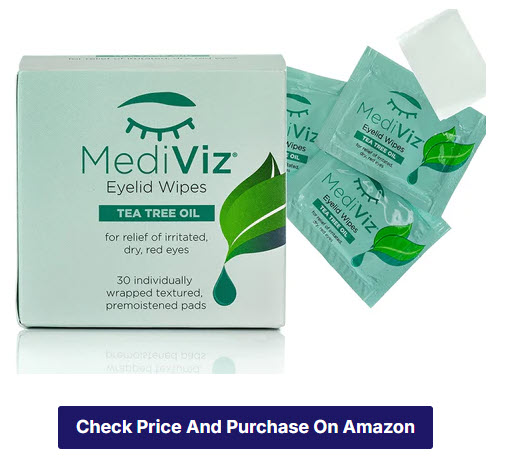

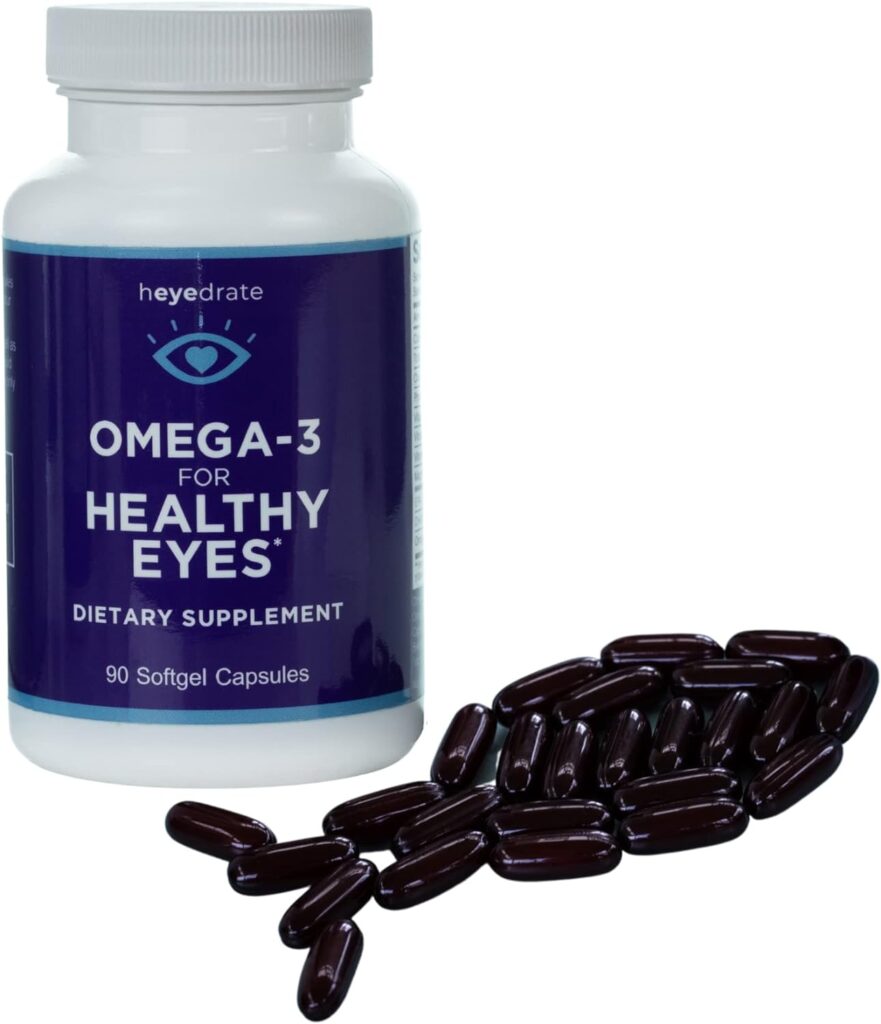
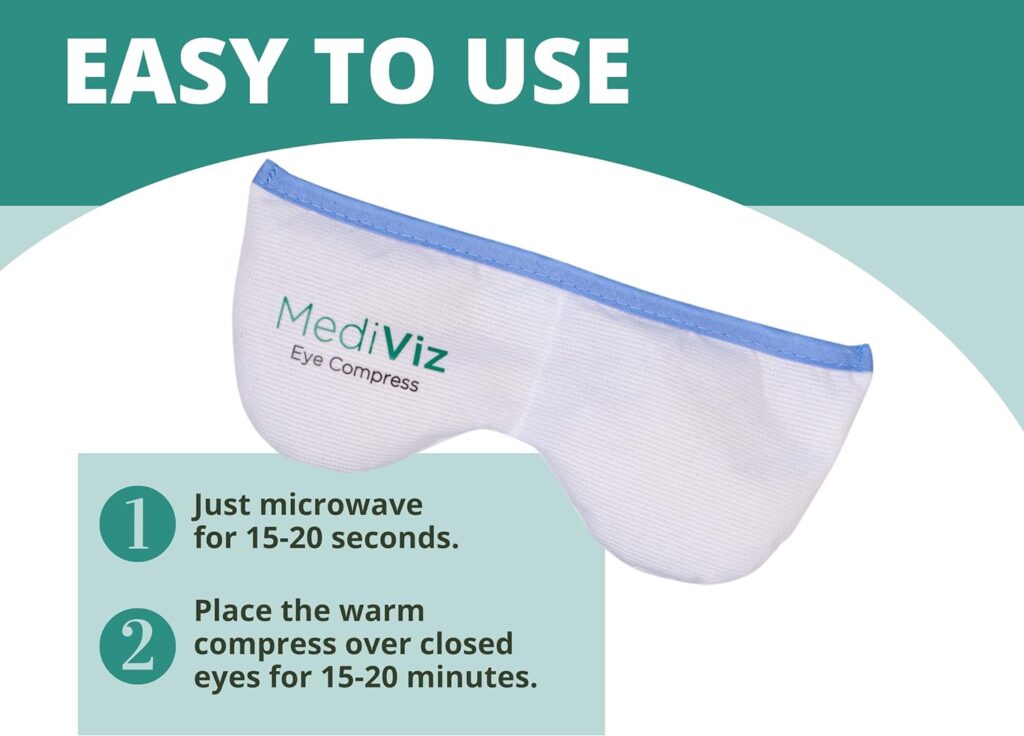
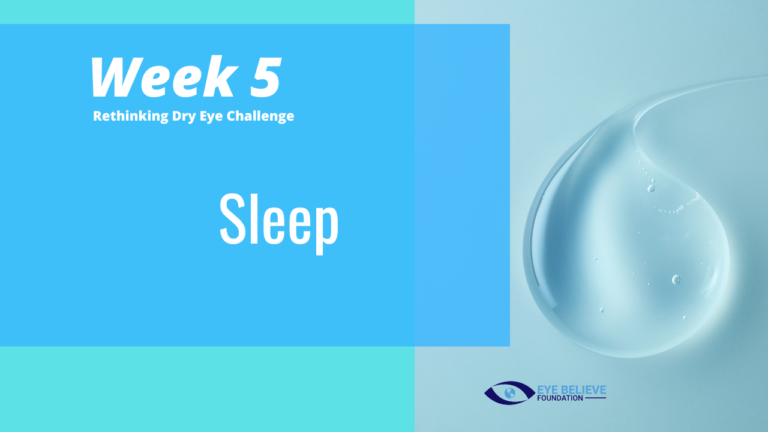
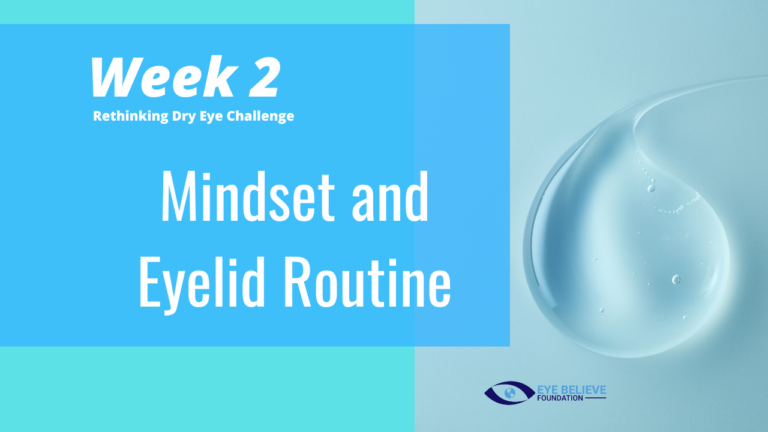
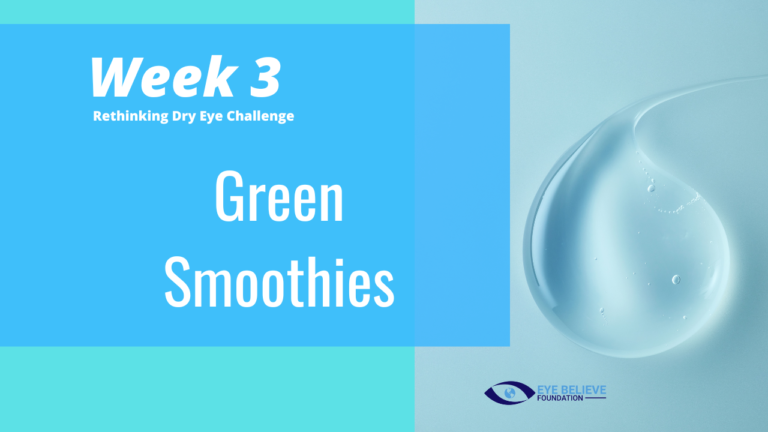

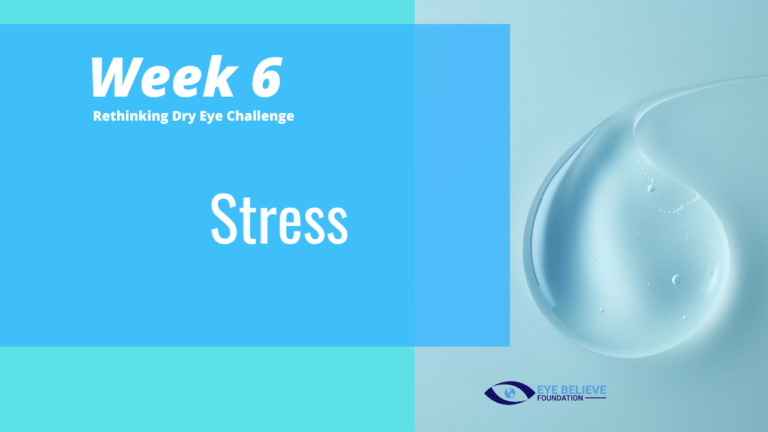
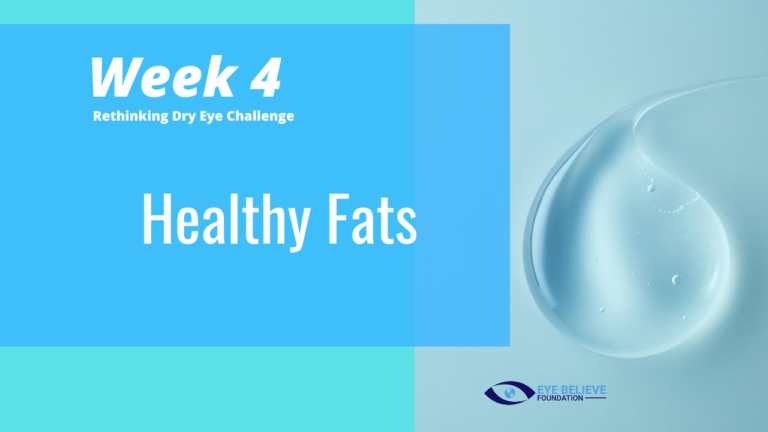
Hey people!!!!!
Good mood and good luck to everyone!!!!!
Hello.
Good cheer to all on this beautiful day!!!!!
Good luck 🙂